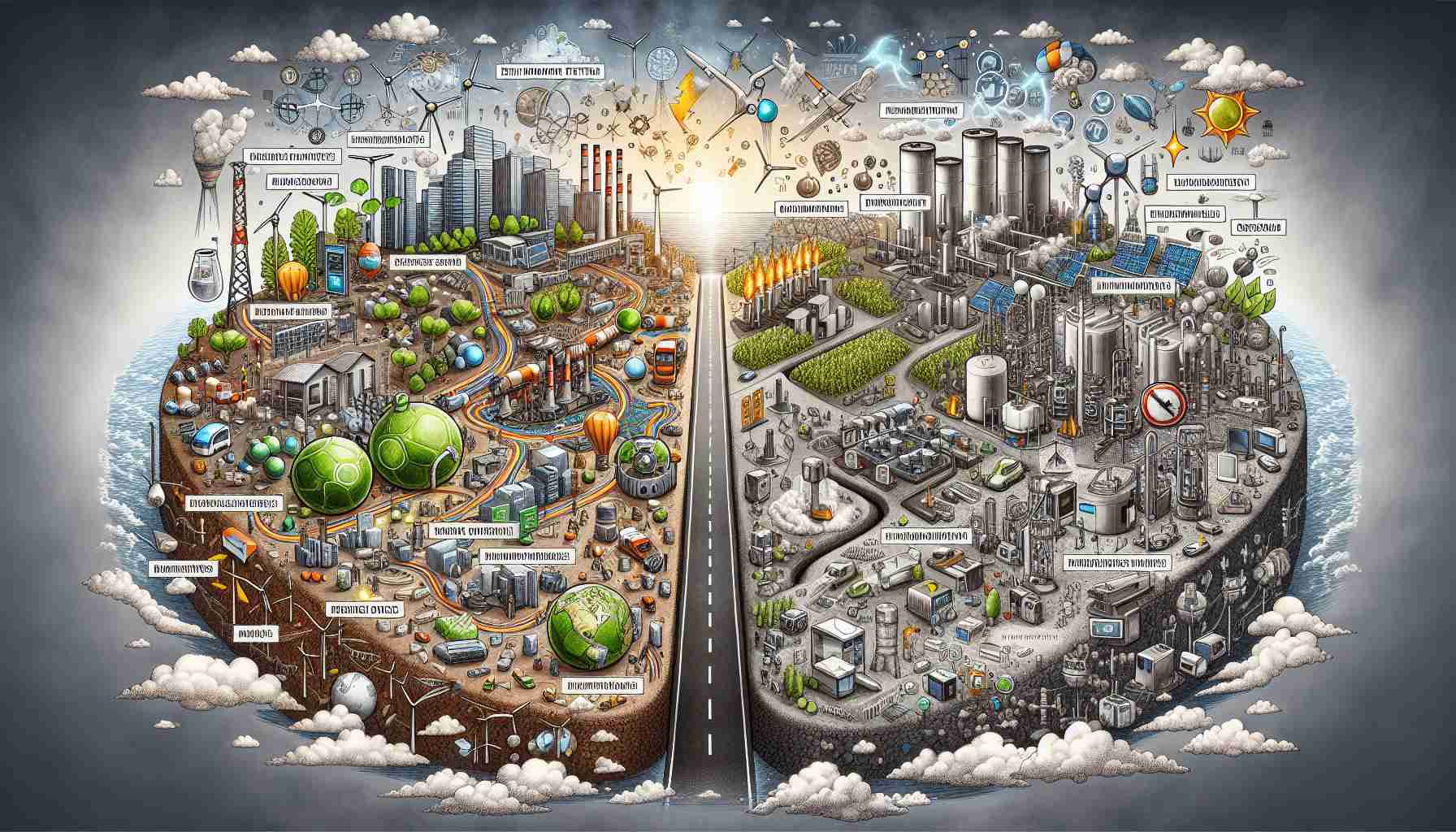Statkraft is moving ahead with its ambitious hydrogen production plans in Germany, while Neste has opted not to proceed with its Finnish project. The Emden project, backed by financial support from the European Union, aims to establish a significant 200 MW electrolysis plant accompanied by a 50 MW heat pump system. Statkraft has recently been granted the opportunity to negotiate a substantial grant of up to €107 million. Furthermore, the company is on track to finalize its decision regarding a smaller 10 MW green hydrogen pilot project by year’s end.
In contrast, Neste has announced its decision to halt plans for a 120 MW electrolyzer at its Porvoo refinery. This withdrawal follows the completion of the project’s basic engineering phase that began earlier this year. The company cited unfavorable market conditions and the necessity for careful financial evaluation as primary reasons for this decision. Additionally, the restrictions on utilizing renewable hydrogen within the refinery’s operations, imposed by Finnish regulations, have complicated project viability.
Meanwhile, other industry players are taking steps to embrace hydrogen technology. DHL Supply Chain and Diageo North America have revealed initiatives to incorporate fuel-cell electric trucks powered by hydrogen into their logistics operations across the United States. On a broader scale, Eternal Power has secured a preliminary contract worth €2.3 billion for green hydrogen from a future project near Rostock, Germany, reflecting the ongoing interest in renewable hydrogen production.
Exploring the Future of Hydrogen: Tips, Life Hacks, and Interesting Facts
As the world looks towards sustainable energy solutions, hydrogen emerges as a key player in reducing our carbon footprint. Following recent developments in the hydrogen sector, such as Statkraft’s advancements in Germany and Neste’s project reevaluation in Finland, several tips, life hacks, and intriguing facts can help you understand and engage with this promising energy source.
1. Understanding Hydrogen Production
Hydrogen can be produced through various methods, including electrolysis, steam methane reforming, and biomass gasification. Electrolysis is gaining traction, particularly with projects like Statkraft’s 200 MW plant in Emden. When exploring hydrogen production, consider the environmental impact of the method used—green hydrogen, for instance, comes from renewable energy sources and is considered the most sustainable option.
2. Getting Involved in the Hydrogen Economy
If you’re interested in supporting the hydrogen economy, look for companies investing in hydrogen technology. Engage with organizations like Statkraft or renewable energy associations that promote hydrogen initiatives. You can also participate in local energy discussions and advocate for policies that support the development of hydrogen infrastructure.
3. The Benefits of Hydrogen Fuel Cells
Hydrogen fuel cells produce electricity through a chemical reaction, emitting only water vapor as a byproduct. Consider exploring hydrogen-fueled vehicles or trucks in logistics, as companies like DHL are already implementing these technologies. This shift not only reduces emissions but also demonstrates an innovative approach to sustainable transport solutions.
4. The Economic Potential of Hydrogen
The hydrogen market is on the rise, with investments soaring. Statkraft’s potential €107 million grant signifies the European Union’s commitment to hydrogen technology. By staying informed about market trends, you can spot investment opportunities in green energy. Research companies focused on sustainable practices, such as those in the hydrogen sector, to stay ahead of the curve.
5. Overcoming Regulatory Challenges
Understanding regulations is crucial, especially when dealing with renewable energy projects. Neste’s decision to halt its Finnish project due to regulatory restrictions highlights the importance of knowing local laws. Stay engaged with policy changes in your region and advocate for regulations that foster a supportive environment for hydrogen technology.
6. Sustainable Choices for Consumers
As consumers, we have the power to choose products and services that align with sustainable practices. Look for companies committed to using renewable hydrogen in their operations. Supporting brands with green initiatives fosters a larger market for sustainable options.
7. Dive into Research and Education
Stay curious and educated about hydrogen technologies. Plenty of resources are available online, from webinars and online courses to informative articles and podcasts. By enhancing your knowledge, you can participate meaningfully in discussions about renewable energy and contribute to informed decision-making.
8. Monitoring Industry Trends
The hydrogen sector is dynamic, with new developments regularly emerging. Keep an eye on industry news and reports to understand trends better. Whether it’s monitoring pilot projects like Statkraft’s smaller 10 MW initiative or large contracts for green hydrogen supply, being aware will help you grasp the bigger picture.
In conclusion, as companies ramp up their efforts and investment in hydrogen production, it is essential to engage with this evolving sector proactively. By following these tips and learning more about hydrogen’s potential, you can play a role in shaping a sustainable energy future. For continued updates on renewable energy innovations, visit Neste and other industry leaders leading the clean energy transition.

